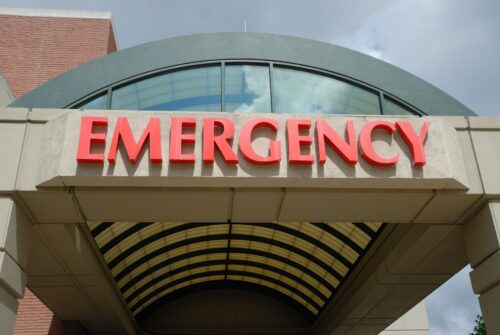
One of the most dangerous conditions to have is a blood infection called sepsis. Sepsis occurs when an infection from elsewhere in the body spreads to the bloodstream. This leads to a dangerous drop in blood pressure, fever and increased heart rate. Sepsis works rapidly in the body, and it has been known to kill within just 12 hours.
When a patient presents with sepsis, it’s important to get them on the right medications immediately. It is a medical emergency, and failing to identify it is linked to higher mortality rates. Identifying sepsis can be difficult, though. This is because there aren’t specific standards for diagnosis. Symptoms are also nonspecific.
If there are no specific standards for identifying sepsis, can a medical provider be blamed for misdiagnosing it?
Though there are no specific standards, that doesn’t mean that a patient should go without appropriate medical intervention. Patients may come in with varied symptoms, but those do still tend to line up with sepsis.
For example, a patient may have signs of circulatory shock or organ dysfunction. They may have high fever or trouble breathing. Decreased platelet counts and a fast heart rate are also common.
Sepsis may progress into septic shock, which is much easier to diagnose due to a sudden and severe drop in blood pressure combined with other symptoms of sepsis.
What is the treatment for patients with sepsis?
The treatment for those patients is antibiotics combined with intravenous fluids. This is one of the reasons that most patients are given an IV as soon as they are admitted into the emergency room. A wide-spectrum antibiotic may also be given while medical providers attempt to identify the cause of the symptoms the patient has, especially if there is any other sign of a potential infection, such as an open wound, ruptured ovarian cyst or other injury.
If a patient has a respiratory rate of over 22 breaths per minute or systolic blood pressure less than or equal to 100 mm Hg, then those are signs of an infection that should be taken seriously. Missing this diagnosis could lead to septic shock and eventual death.









